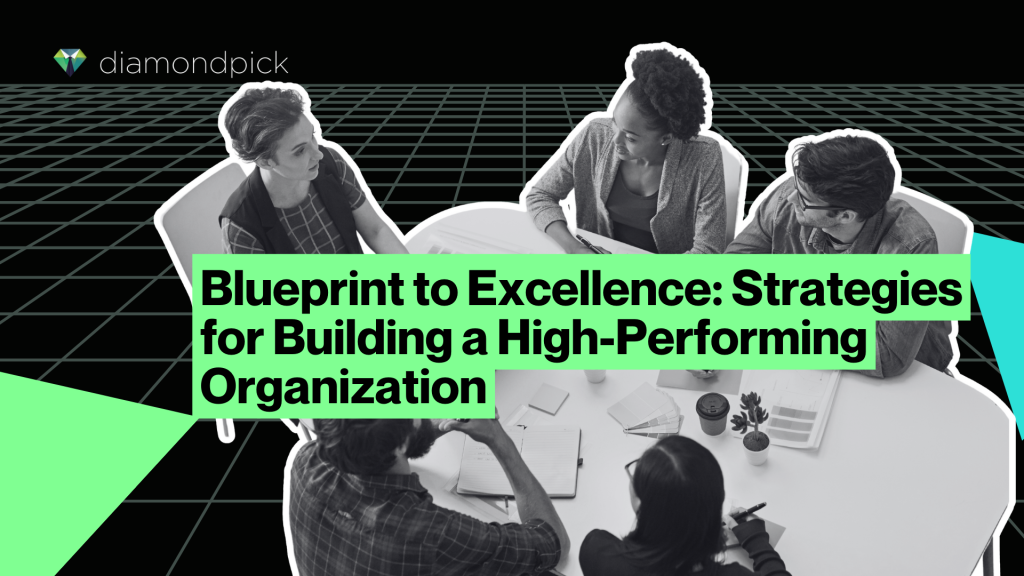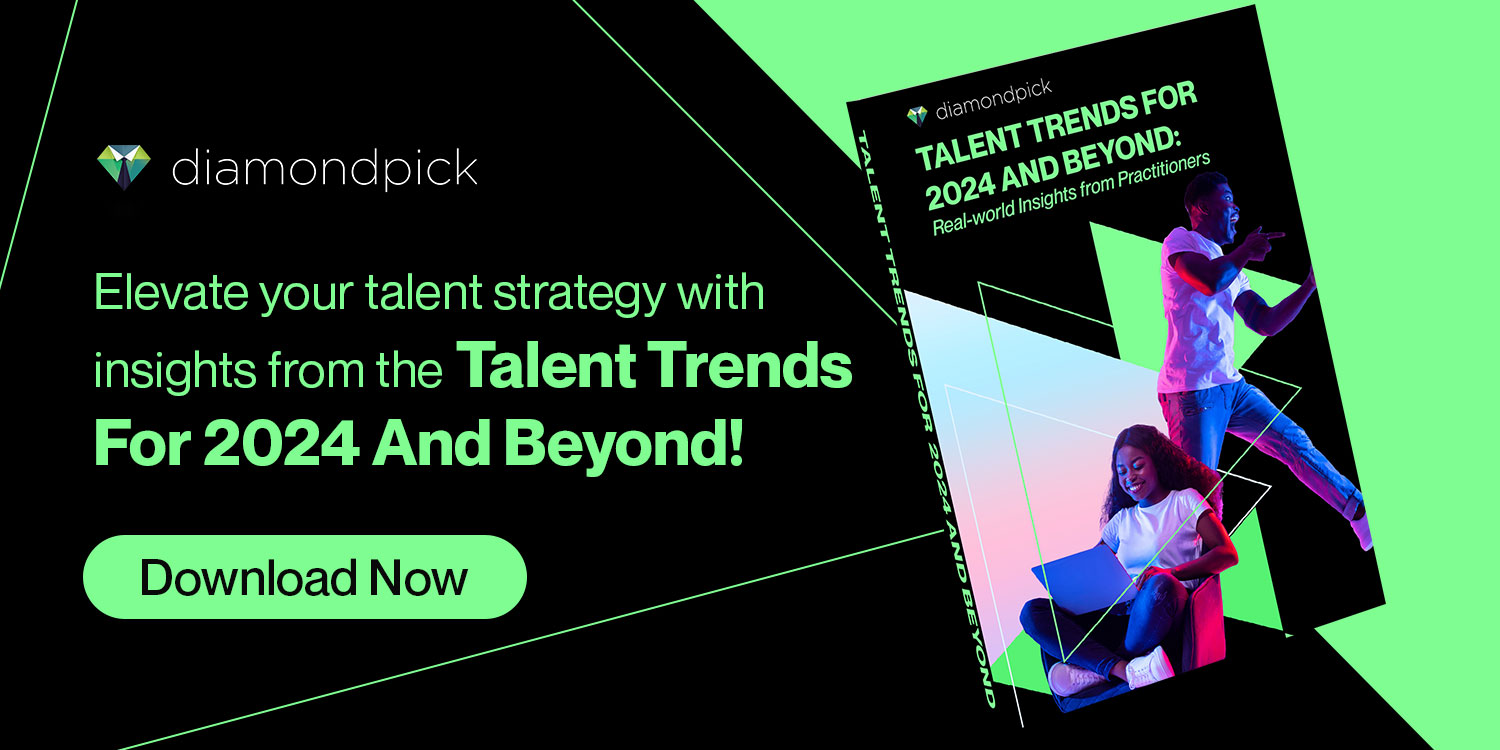
In a rapidly changing world, where competition is fierce and innovation is key, how do you ensure your organization stands out?
By Building a High Performance Organization that replaces conventional frameworks with dynamic frameworks better suited for the modern workplace. They are defined by their ability to navigate challenges with resilience, adapt to change, and drive innovation forward. Are you ready to be a part of the future? Read on …
Mastering the New Business Era
In the rapidly evolving business landscape of 2024, organizations face a myriad of challenges and opportunities. The emergence of groundbreaking technologies, along with evolving societal norms and workforce dynamics, demands a redefinition of what constitutes a ‘High-Performance Organization (HPO).’ These entities must not only excel in their financial and market performances but also demonstrate resilience, adaptability, and an unwavering commitment to innovation. Here are some critical strategies and frameworks necessary for building and nurturing HPOs amidst present trends and future projections.
The HPO Framework
| Leadership Beyond Hierarchy | AI-First Approach | Culture as a Strategic Driver |
|---|---|---|
| Leadership in HPOs has transcended traditional hierarchical structures as a collective trait across organizational levels. | The integration of AI-driven strategies in HPOs is revolutionizing how businesses operate: | In HPOs, culture is more than a set of values or practices; it is a strategic asset: |
| Encourages strategic thinking and a culture where every member is empowered to make decisions. | From talent management to customer engagement, these approaches enhance efficiency, personalization, and predictive capabilities. | nstilling a culture that emphasizes flexibility, accountability, and continuous learning creates an environment conducive to high performance. |
| It promotes an environment where leadership is not confined to designated roles but is a quality that permeates throughout the entire organization. | It is not about replacing human intelligence but augmenting it, leveraging AI's analytical and data-processing strengths for better decision-making and innovation. | It aligns the organization’s mission with the everyday actions of the team, ensuring that everyone is working towards a common goal. |
High-performance organizations demonstrate resilience, adaptability, and an unwavering commitment to innovation.
The Modern Workplace Paradox
The industry today faces a paradox. Despite technological progress and rising wages, there’s a discernible decline in job satisfaction. This disparity highlights a disconnect between financial remuneration and emotional gratification in the workplace. Conventional performance management systems are proving inadequate in addressing these challenges. They often lack the agility and personalization demanded by the swift pace of modern business operations.
The HR landscape in 2024 is characterized by several emerging trends. Employees, especially the younger workforce, are demanding career transformation opportunities, reflecting a shift towards continuous learning and development. Organizations are responding by flattening their structures, moving away from rigid hierarchies to more agile and collaborative models. There’s also a growing emphasis on mentorship, coaching, and support systems as key elements in attracting and retaining talent.
Redefining High-Performance: Building Agile, Adaptive Teams for Tomorrow’s Challenges
High-performance organizations that are adaptable, responsive, and equipped to meet the challenges of a rapidly evolving business landscape.
A strategic shift in approach is necessary to effectively build and sustain high-performance teams within organizations. Organizations must replace conventional frameworks with dynamic frameworks that better suit the modern workplace.
Key Attributes that Define High-Performance Organizations:
Shift from Learning to Performance-Driven Actions: Traditional learning and development models are being replaced by performance-driven approaches in HPOs. Employees are empowered to apply skills practically, enhancing workforce agility and productivity.
Integrate Development with Real-Time Work: HPOs integrate learning and development into work, aligning it with daily tasks and responsibilities directly relevant to the employee’s role. This fosters better engagement and performance.
Implementing an AI-first Approach: that goes beyond automation, leveraging AI for personalized development paths, real-time feedback, and operational optimization. This reshapes talent management and strategy execution
Embracing Performance Enablement: HPOs are embracing Performance Enablement strategies to overcome traditional performance management constraints. This method prioritizes clear, actionable feedback, individual growth support, and a culture of continuous improvement.
The Multifaceted Approach to Building High-Performance Organizations
The key to remaining at the forefront of high-performance practices lies in understanding and implementing a multifaceted approach focused on organizational agility, collaboration, productivity, proactive employee development, and AI-driven growth strategies.
1. Cultivate Lean & Agile Organizational Structures: HPOs excel at swiftly adapting to market shifts and internal dynamics with an agile structure. It’s important to implement lean, flat structures that facilitate quick decision-making and flexibility. This will also empower employees at all levels to contribute and make decisions, fostering a culture of innovation, engagement, and satisfaction.
2. Balance Between Collaboration and Independent Productivity: HPOs understand the importance of both collaboration and independent productivity. While collaboration fosters innovation, excessive teamwork can hinder individual creativity and efficiency. It’s important to create an environment that encourages teamwork while also allowing employees the freedom to work independently. This balance enables employees to contribute effectively in collaborative settings while also excelling in their individual tasks, leading to high levels of productivity and innovation.
3. Prepare for Current and Future Challenges: In an ever-evolving business environment, HPOs prioritize future readiness alongside current success. Continuous learning programs that align with evolving skill demands, anticipatory industry trends, technological shifts, and changing consumer behavior are necessary. This forward-thinking approach fosters resilience and adaptability, empowering the organization to thrive amidst future challenges and opportunities.
4. AI-first Approach to Talent Management: The AI-first approach revolutionizes talent management for HPOs by harnessing AI and machine learning to optimize recruitment, onboarding, development, and retention. With personalized learning, predictive analytics, and automated tasks, HR can focus on strategic initiatives. This enhances efficiency, provides insights into employee performance and potential, and enables a more dynamic talent strategy.
5. Embracing a Culture of Continuous Innovation and Adaptation: Continuous innovation and adaptation define the core of HPO culture. This culture encourages experimentation, embracing risk, and learning from failures. It also values new ideas, encourages their pursuit, and fosters a sense of safety in challenging norms. It’s essential to cultivate an innovative culture to stay competitive and agile in today’s dynamic business landscape. It drives constant evolution, improvement, and the pursuit of novel paths to success.
As we look towards the future, HPOs play a pivotal role. By embracing AI-driven strategies and fostering a culture of continuous adaptation and innovation, organizations can ensure that they remain at the forefront. High performance in this new era is characterized not just by what organizations achieve but by how they achieve it – through strategies that are resilient, adaptable, and continuously evolving.
As business dynamics evolve, so must HPO strategies – anticipating and adapting to future challenges and opportunities will be key to sustained success.

For more insights, strategies, and tools that will help organizations navigate the dynamic talent market read Diamondpick’s Talent Trends 2024 eBook. Download your copy today!
